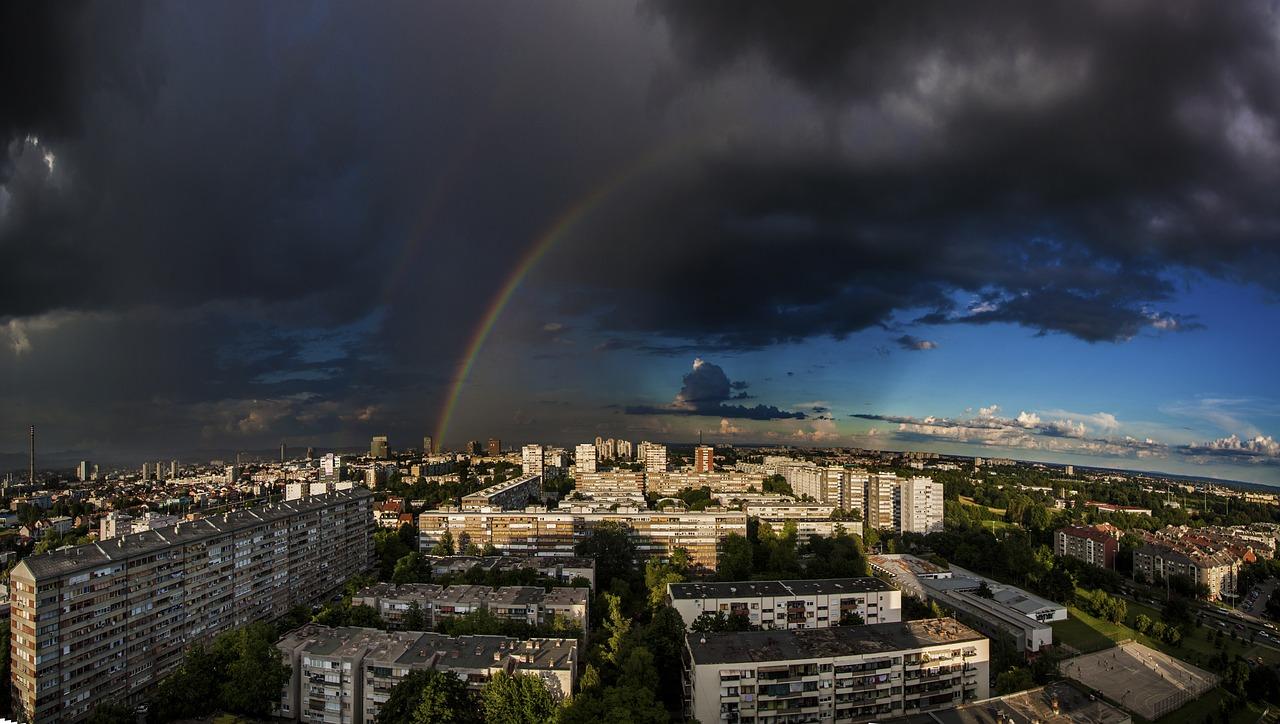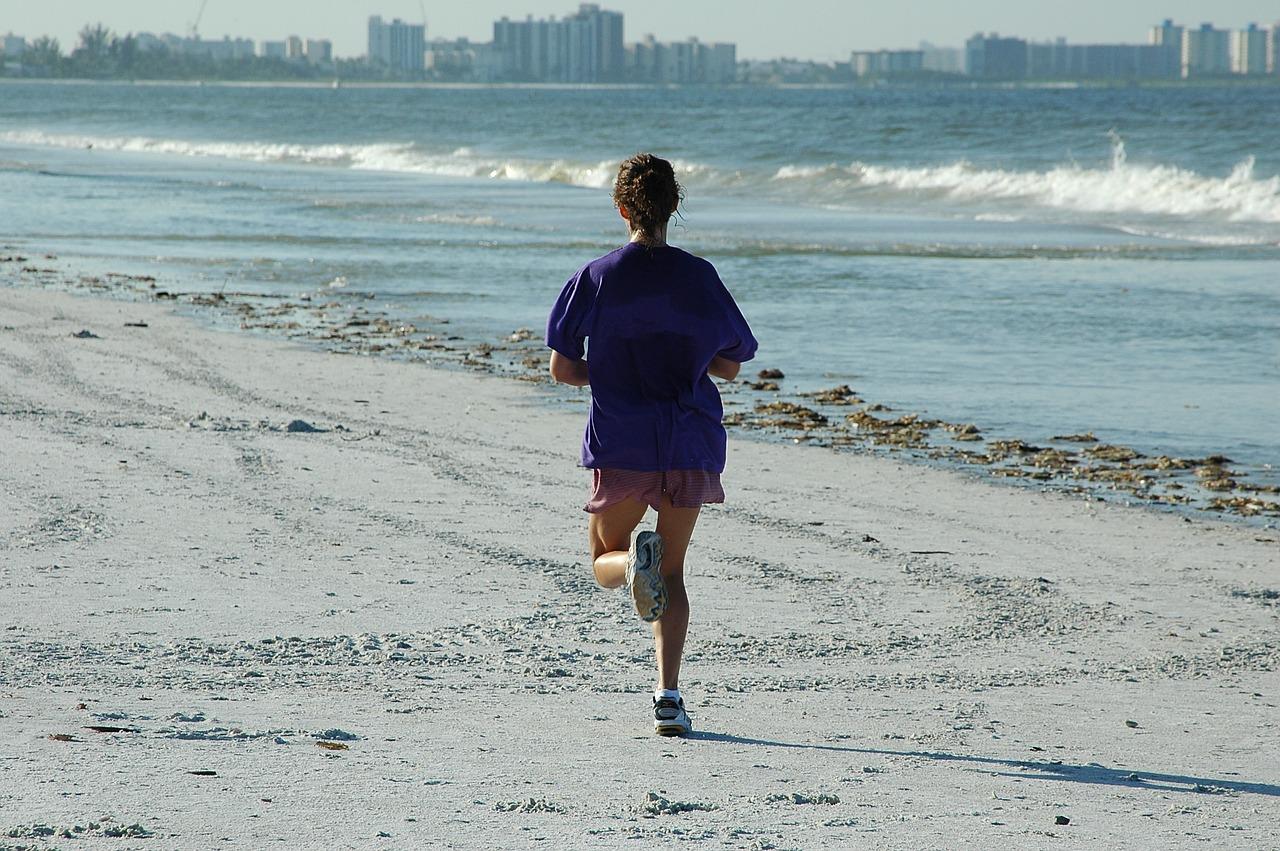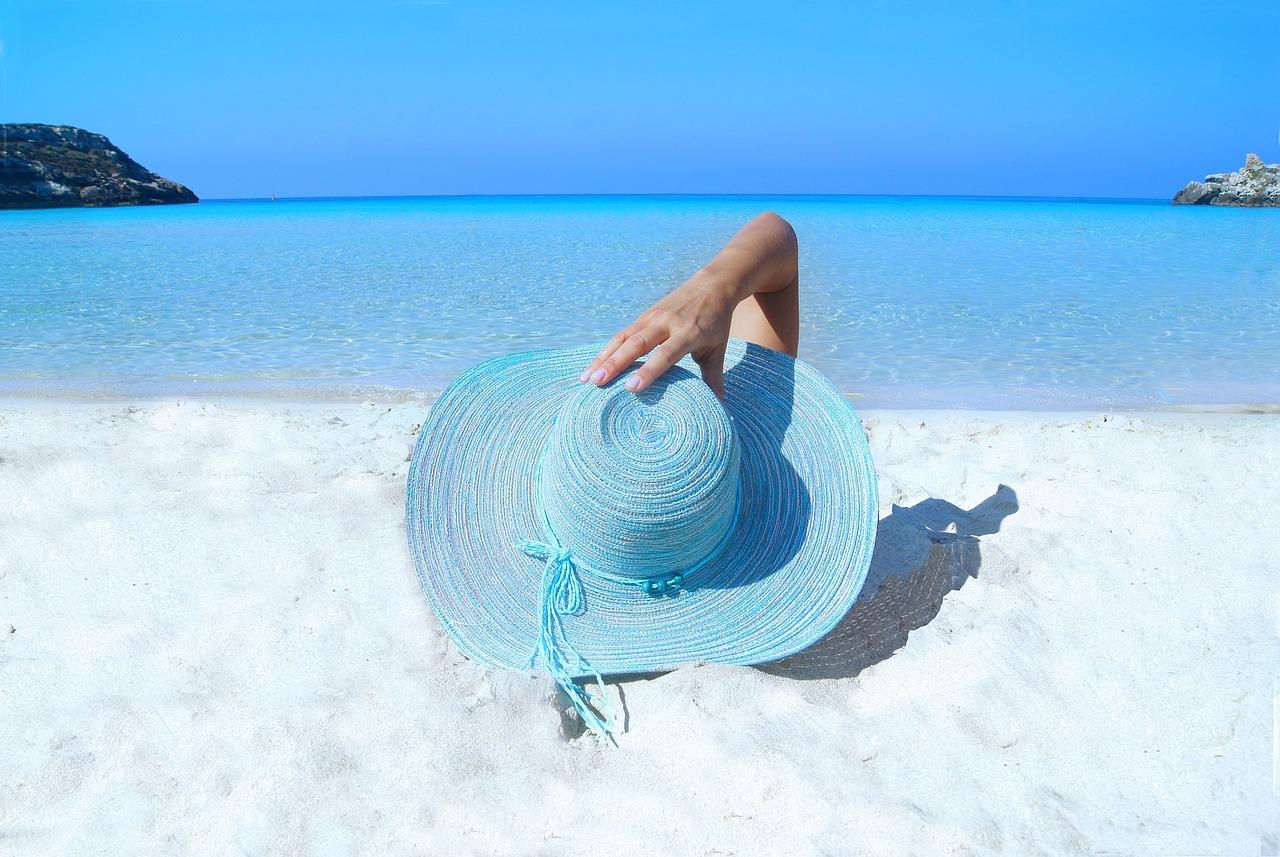
Today on my blog about how dangerous it is to stay in high temperatures and sunny places for a long time. Read about what heat stroke is, how to recognize it and how to give first aid that can save someone's life.
Heat stroke is a very serious condition that threatens our health and in some cases even ends in death. Therefore, do not underestimate any of the slightest symptoms that could signal its arrival. It can occur as a result of overheating when we are exposed to high temperatures indoors or outdoors for too long, especially if the air is humid and heavy. Its special type is sunstroke, i.e. overheating that occurs as a result of strong sunlight. If we stay in the sun for a long time without protecting our head and neck from it, we must take into account the risks to which our body is exposed. Direct sunlight of these body parts can cause very serious consequences and can also be life threatening.
Overheating first
It all starts with overheating, which occurs, for example, during prolonged stay in heated rooms, a car, on a sunny beach, during intense physical effort on a hot day, improper use of the sauna, and even as a result of wearing clothes that are not adapted to the weather conditions making it difficult to free air flow. It is already dangerous when the temperature in the shade begins to exceed 30⁰C and it is even worse when we are dealing with humid, stuffy, "stormy" weather. When overheating occurs, our body launches defensive reactions, trying to give away as much heat accumulated in it as possible outside. Therefore, when we are hot we begin to sweat intensively - thermoregulation works. Unfortunately, with the passage of time, our body's ability to cool begins to decline, we become dehydrated, sweat gland activity decreases, and thermoregulatory processes are disturbed. The situation is additionally hindered by high humidity, which prevents sweat from evaporating from the skin surface, reducing the effectiveness of the cooling mechanism.

The last link
When as a result of overheating the body thermoregulation processes are disturbed, the deep temperature reaches 41⁰C, there are dangerous changes at the cellular level, then there is very little time for a proper response. If we are dealing with sun stroke, there is congestion of the meninges and the brain, and even swelling and hemorrhage.
Stroke is the result of prolonged overheating of the body and occurs as the last element of its reaction to excessively accumulated heat. That is why it is very important to start cooling the body as soon as we recognize the first symptoms, only then it is possible to stop the destructive effect of heat, as well as save the patient's life.
Is this really fatigue?
One of the first signs of overheating may be cramps, which occur as a result of intense sweating, progressive dehydration and loss of electrolytes. Very often, we associate these symptoms with fatigue, too much physical activity and even excessive stress. However, if such ailments occur on a hot day, they can be directly related to overheating. Then it is necessary to hydrate it and replenish lost electrolytes. Remember, however, if the contractions do not subside within an hour, you should seek medical attention, because the case can be much more serious.
Or maybe it's not poisoning?
We are weak, we feel dizzy, we have nausea and vomiting, blurred vision, fast and shallow breathing, we sweat intensively, body temperature increases, our skin turns red and in severe cases pale, speech disorders and even fainting occur. We often associate such symptoms with food poisoning and its weakness, which is not so difficult in the summer. However, it is worth knowing that this is how our body signals us overheating and this is its next stage. If we do not help ourselves or someone around us now, the next stage may be life-threatening stroke.
How do you recognize a stroke?
Heat stroke, like solar heat manifests itself with high body temperature exceeding 40⁰C, we are still dealing with dizziness, severe pain, vomiting and nausea. However, there are also symptoms from the nervous and cardiovascular systems, the patient is clearly "entangled", convulsions, disturbances of consciousness, problems with coordination, hallucinations, accelerated and uneven pulse and loss of consciousness may appear. Very often the patient stops sweating, which is why his skin is dry and hot. Symptoms of sunstroke can appear even several hours after overheating caused by excessive sunlight and gradually begin to increase. Heat stroke can start suddenly and immediately very sharply, although most often you can see that it is approaching.
When does the risk increase?
Of course, the greatest risk of heat stroke is associated with older people, whose thermoregulation ability decreases with age, and infants and young children, in whom this system is not yet fully educated. The risk also increases in obese and sick people, e.g. those struggling with diabetes, renal failure, hyperthyroidism, asthma, heart disease and those taking certain medications, e.g. diuretics, antiallergics, beta blockers, some drugs used in the treatment of mental disorders, some preparations used during the treatment of Parkinson's disease, asthma, insomnia or gastrointestinal disorders. This does not mean, however, that the risk of stroke does not occur among young and healthy people, on the contrary, they are most often exposed to heat stroke as a result of overheating during intense physical activity.

Cold drink...
A cold drink or a cool beer that is successful on hot days is unfortunately only apparent and short-term cooling of the body. Consuming such drinks when the outdoor temperatures are really high can be really dangerous and increase the risk of stroke. Alcohol accelerates the loss of water from the body and causes blood pressure to increase, which in turn causes the body temperature to rise, and in combination with summer heat is a real threat to us.
Help needed
If you notice symptoms that may suggest dangerous overheating or stroke in you or someone around you, be sure to find such a shaded, cool place. The next step is, of course, cooling the body, be sure to loosen or take off some of the clothes and apply cool compresses on the head, neck, armpits and groin. Let's also remember about irrigation (of course, if such a person is conscious), it's best to let it be cool water. Served drinks and compresses must not be too cold so as not to cause a thermal shock that will worsen the situation.
A conscious person is best placed in a semi-sitting position, unconscious in the so-called fixed side position. It is also very important to constantly monitor your body temperature and breath. If the patient stops breathing, give artificial respiration immediately. In any case, you must call a doctor, even if you think that the patient's condition is good and does not get worse, it is worth using professional help and advice. Until the doctor arrives, do not give the patient any painkillers and fever lowering medications on their own. They will not bring the expected effect and unfortunately I can do more harm than good.

Remember to avoid a stroke, you must use the sun wisely, remember to wear a protective headgear, and plan your physical activity for the coldest time of day. It is best to keep the elderly, babies, toddlers and the sick in the hottest heat at home. You also remember to hydrate, drinking the right amount of water will help your body survive hot days.
